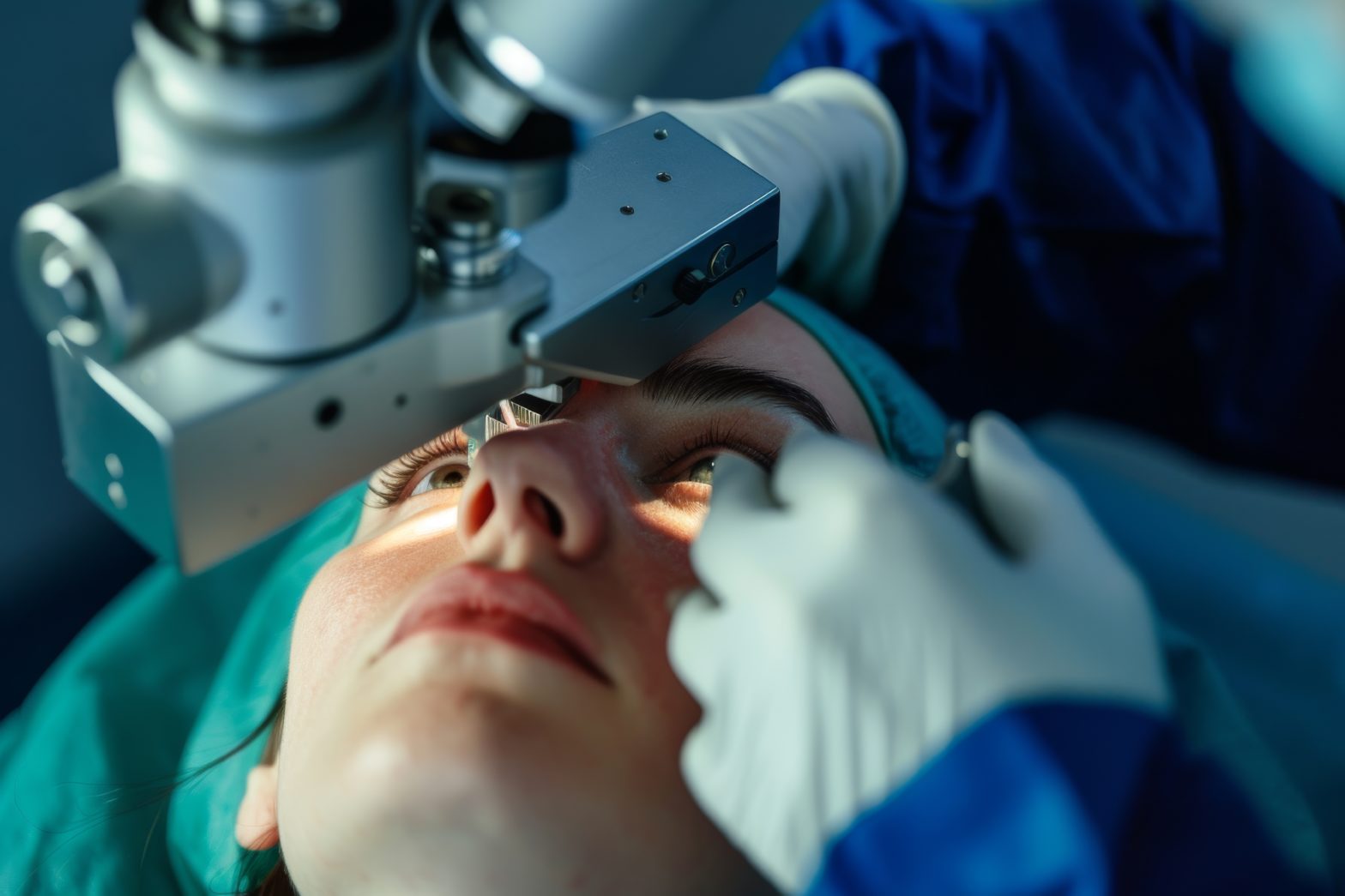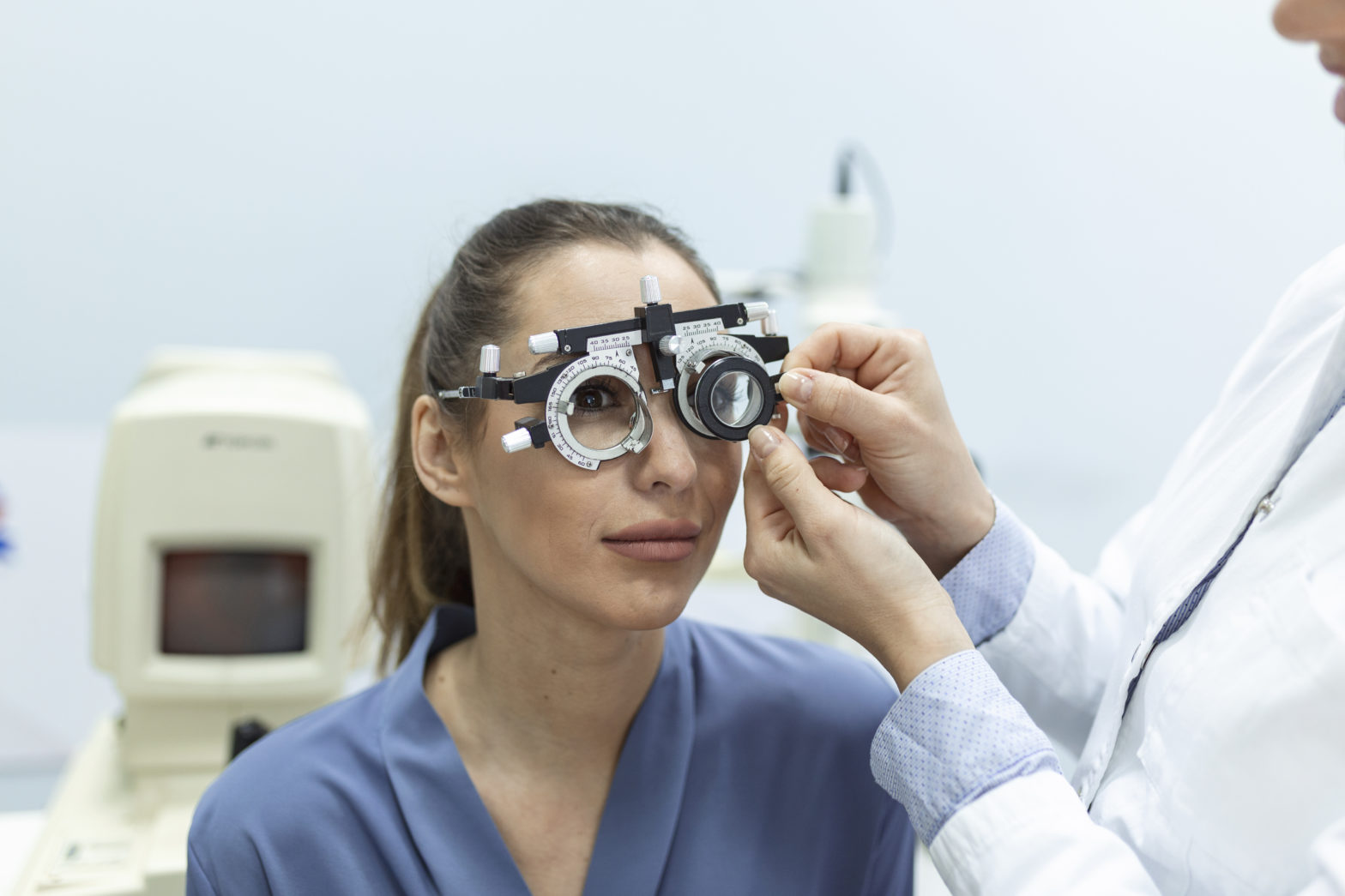Laser Assisted In-Situ Keratomileusis (LASIK) surgery is best way to get freedom from eyeglasses or contact lenses. It is the most popular vision correcting procedure performed all over the world. Those with no previous eye problems, with controlled blood glucose level, consistency in eye power, and normal pre-LASIK tests are considered suitable for Lasik. Even though age beyond 18 years of age is usually not a concern but occasionally, people who are beyond 40 years of age worry if Lasik is the right choice for them.
As we grow older, besides skin and muscles, our eyes too show signs of ageing. We have seen our parents, relatives, neighbours who wear spectacles to see near objects. Presbyopia is an age-related eye condition wherein the ability of eyes to focus on near objects progressively deteriorates.
There are many ways in which Presbyopic condition can be corrected. At the corneal level, there is Monovision that is achieved by LASIK or Photorefractive keratectomy, Presbyopic LASIK (multifocal laser ablation), Conductive keratoplasty, Intracor femtosecond laser, and corneal inlay procedure.
Furthermore, the lens can also be changed by Monovision intraocular lens (monofocal IOL), Multifocal IOL, or Accommodative IOL.
As best eye specialist, know that LASIK cannot alter normal aging of the eye; however, they can lessen the need to wear eyeglasses for reading in patients with presbyopia.
Mono-LASIK:
This is attained by correcting one eye’s vision for near vision while the dominant eye’s vision for distance vision. So, before undergoing LASIK, presbyopic patients are made to adjust to Monovision. This can be done by asking patients to wear monovision contact lenses for a limited time. As gradually, our eyes adapt to these contact lenses, this helps our brain in learning to use one for near and the other eye for distance. Subsequently, Mono-LASIK is planned for them. This is like best of both worlds for those who are not fussy about perfection.
Refractive lens exchange:
This type of surgery is performed by removing patient’s natural lens by replacing a new intraocular lens. This procedure may be especially useful for high hyperopes or those who have early cataractous changes. Patients who opt for this do not require cataract surgery in future. After the lens exchange special IOL’s like Multifocal IOL’s, Trifocal IOL’s etc can allow patients to have a good vision for near as well as distance.









